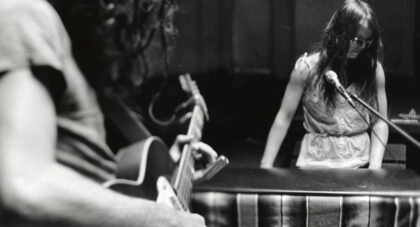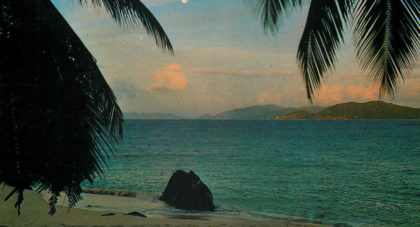Live in Paris is the first album to showcase the music of The Master Musicians of Joujouka with the appropriate fidelity. Listeners can hear this music in all of its sonic and spiritual heft, roughly approximating the sound of a performance in the village . . .
Only the good shit. Aquarium Drunkard is powered by its patrons. Keep the servers humming and help us continue doing it by pledging your support.
To continue reading, become a member or log in.


